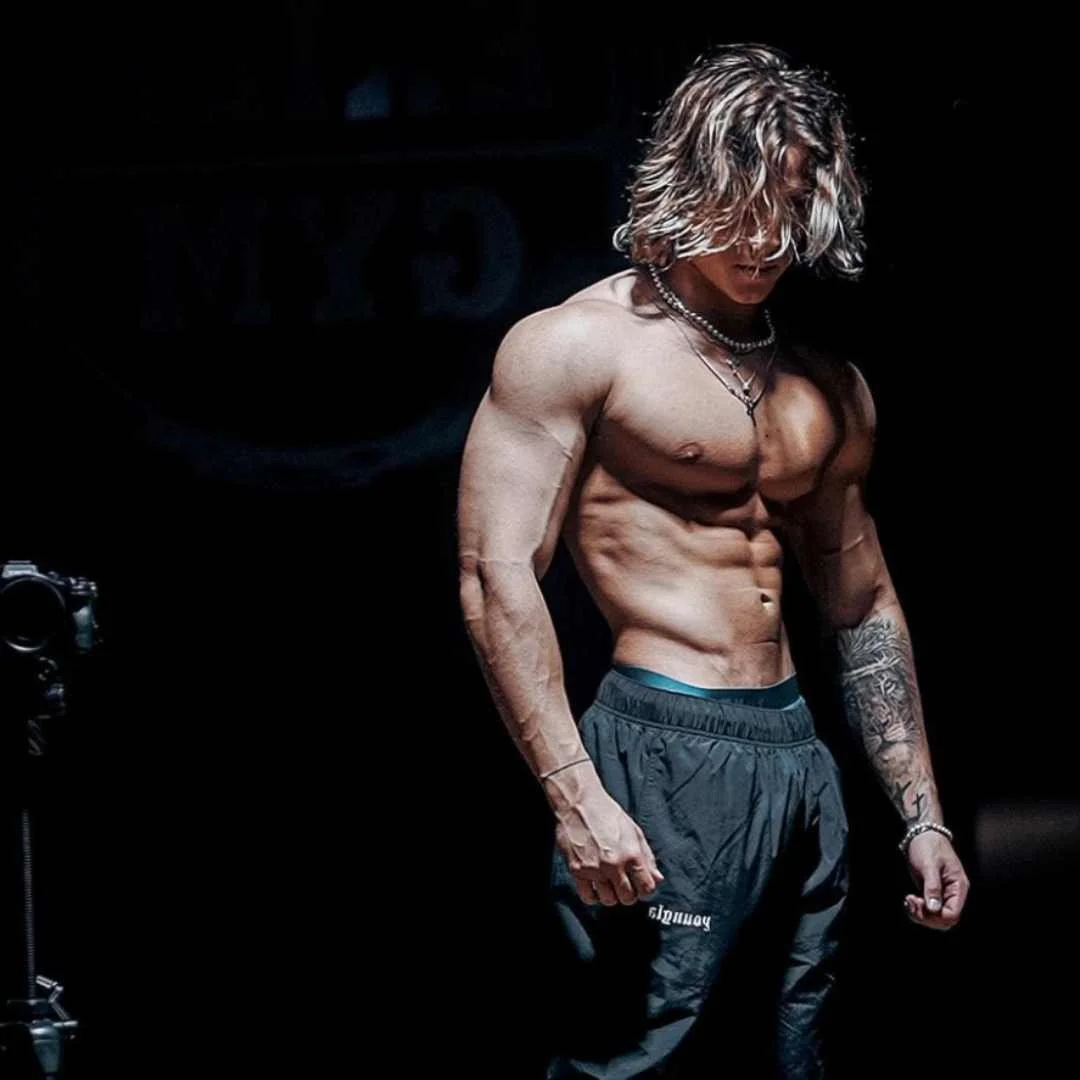Hypertrophy Training: Chest
“How much do you bench?” The question that gets asked the most to determine whether a lifter is beginning or advanced in the gym community. A strong and full looking chest is important because not only is it the main indicator of strength in the gym, but it also completes the armor plate look that no other muscle group can for an aesthetic physique. But what exactly does one need to do to obtain this “armor plate?” The answer is focusing on hypertrophy training.
What is Hypertrophy Training?
Hypertrophy training refers to increasing the physical size of your muscles and their cells. This style is often adopted by bodybuilders for its aesthetics and body recomposition. However, hypertrophy training is different from strength training, in which the goal is to increase the strength or the amount of external force your muscles can move. Strength training is specifically adopted by powerlifters to obtain pure strength instead of aesthetics and muscle size. Training for hypertrophy and training for strength are interconnected because they often occur at the same time. Hypertrophy training typically involves more repetitions and volumes of a specific movement at a relatively lower weight compared to strength training, while the opposite is true for strength training, which involves higher weight at lower repetitions. However, if the goal is to have a full chest that gives the “armor plates” look for your body, hypertrophy training is the best approach.
The Composition of Your Chest:
In order to train the chest efficiently and effectively, it is crucial to understand the basic composition of the pectoral muscles. It is easy to be confused with the sophisticated terms of the various parts of the chest; therefore, to make chest training less complicated for all lifters, the chest can generally be categorized into three parts: the upper, middle, and lower chest. All three different heads need to be targeted in order to get a strong and full looking chest. With that said, what are some exercises that effectively target specific parts of the chest?
Upper Chest:
For a lot of people, the upper chest is weaker and smaller compared to the middle and lower chest. Lifters that struggle to build the upper chest lack the proper understanding of what movements are best to build the upper pecs and how to use them in a training program. Most people are obsessed with the bench press, a classic exercise in the world of bodybuilding. But they ignore the fact that it actually produces little stimulus for the upper chest. A general rule of thumb to grow the upper chest is to do pressing movements on an incline. This is because when the bench is at an incline, your upper pec muscle fibers will be directly below the line of force. Some great incline pressing movements include:
Incline barbell/dumbbell press
Incline machine press (Hammer Strength, Life Fitness, etc.)
Incline Smith Machine Press
Middle/Lower Chest:
The middle and lower chest are equally important as the upper chest when it comes to aesthetics. It is important to note that the middle as well as the lower parts of your chest will be stimulated when doing any incline pressing variations for the upper chest. However, it is advisable to still pick one to two exercises that specifically target the lower half of your chest. Some great exercises that hits the lower half of the chest include:
Dips (Weighted/Bodyweight/Assisted)
Decline/Flat Bench or Dumbell Press
Flys (Machines or Dumbell)
Volumes and Repetition Ranges:
For hypertrophy training, the golden repetition range goes from 8 to 12 reps. Furthermore, it is important to train close to failure on all of the exercises to make sure you are maxing out each set. An ideal set range per workout ranges anywhere between 5 to 15 sets. So an example of a 10 set chest workout would look like this:
Incline dumbbell press (3x8-12)
Flat bench press (3x8-12)
Chest Flys (2x8-12)
Dips (2x8-12)
This is just one of numerous workouts that is possible depending on your specific goal and time you have in the gym. Because of genetics and many other factors, people also react differently to different volumes, therefore not all workouts need to be 10 sets. It is imperative to experiment with different sets and rep ranges to determine what is best for you. While the exercises listed above are great movements that effectively target the specific chest muscle, there are still other great exercises that can be incorporated into your workout. It is absolutely crucial to experiment with new things that personalize your goals and your body.
Conclusion:
The one important thing about hypertrophy training, or every kind of training in general, is it takes time to reach desired results. Genetics also plays a huge role in how your chest looks and how fast it will grow. However, with persistence and the right training, you will be the best version of yourself and those “armor plates” will come eventually.
Sources:
Barbell Medicine. “Best Upper Chest Exercises for Bigger Pecs.” Barbell Medicine, 23 Feb. 2024, www.barbellmedicine.com/blog/best-upper-chest-exercises-for-bigger-pecs/.
Frothingham, Scott. “Hypertrophy Training vs. Strength Training: Pros and Cons of Each.” Healthline, Healthline Media, 11 June 2024, www.healthline.com/health/exercise-fitness/hypertrophy-vs-strength.
Laurence, Emily. “The Best Chest Exercises, According to Experts.” Forbes, Forbes Magazine, 24 May 2024, www.forbes.com/health/fitness/best-chest-exercises/.
Williams, Pete. “50 Best Chest Exercises for 2024.” Men’s Journal, 29 Feb. 2024, www.mensjournal.com/health-fitness/50-best-chest-exercises.




